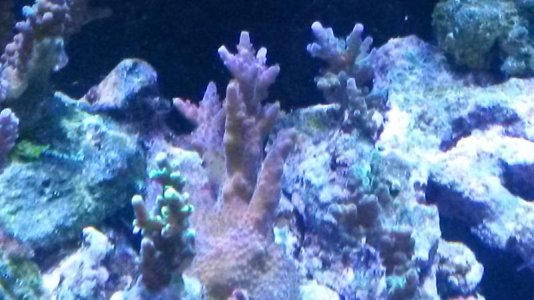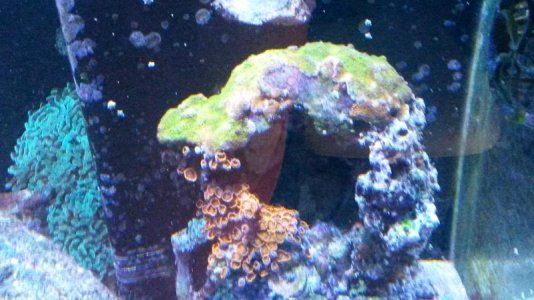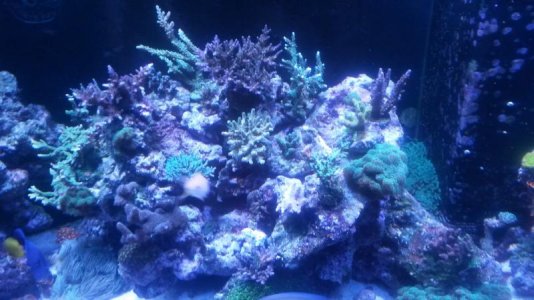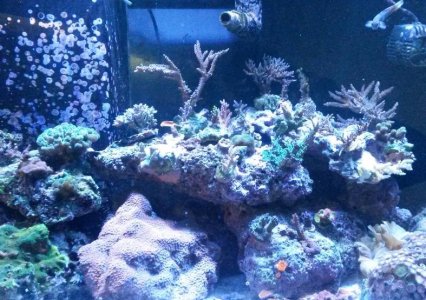I think that here is a correlation between nutrient issues and led lighting.
I really believe that corals have a far more difficult time dealing with an led light source than t5 or mh and I think that nutriens play a more important role in how corals- especially sps react to led lighting.
This is, of course, my own opinion based on my experience with LEDs.
When nutrients are low, I find that corals do not tolerate white LEDs very well and can get burned or bleached very quickly.
I have found that if I run whites higher than around 40% in water that has n below 1-3 ppm and p below .9 ish, sps will have a hard time.
In higher nutrient situations, assuming the corals have been acclimated properly so as not to shock them, they will tolerate higher intensity..
The problem, I find, is that LEDs don't seem to be as bright to our eyes as mh or t5 so we have a habit of making them too bright to satisfy our own preferences and end up stressing the corals.
I think that the trick to keeping coral happy under LEDs is to feed feed feed. This obviously can create nutrient issues which need to be dealt with by the usual means..
I guess this can be said for any type of lighting but I feel that when using LEDs, one has to pay particular attention to nutrient input and export.
Corals are just more forgiving when under traditional light sources, it seems..
I'm also beginning to see a positive effect of dosing aminos when using LEDs.
Again, this is nothing new, really but I guess this long post boils down to the idea that proper nutrition and nutrient management is more critical when using LEDs...
I may have said this before but I believe that I'd merits repeating...Imho..




